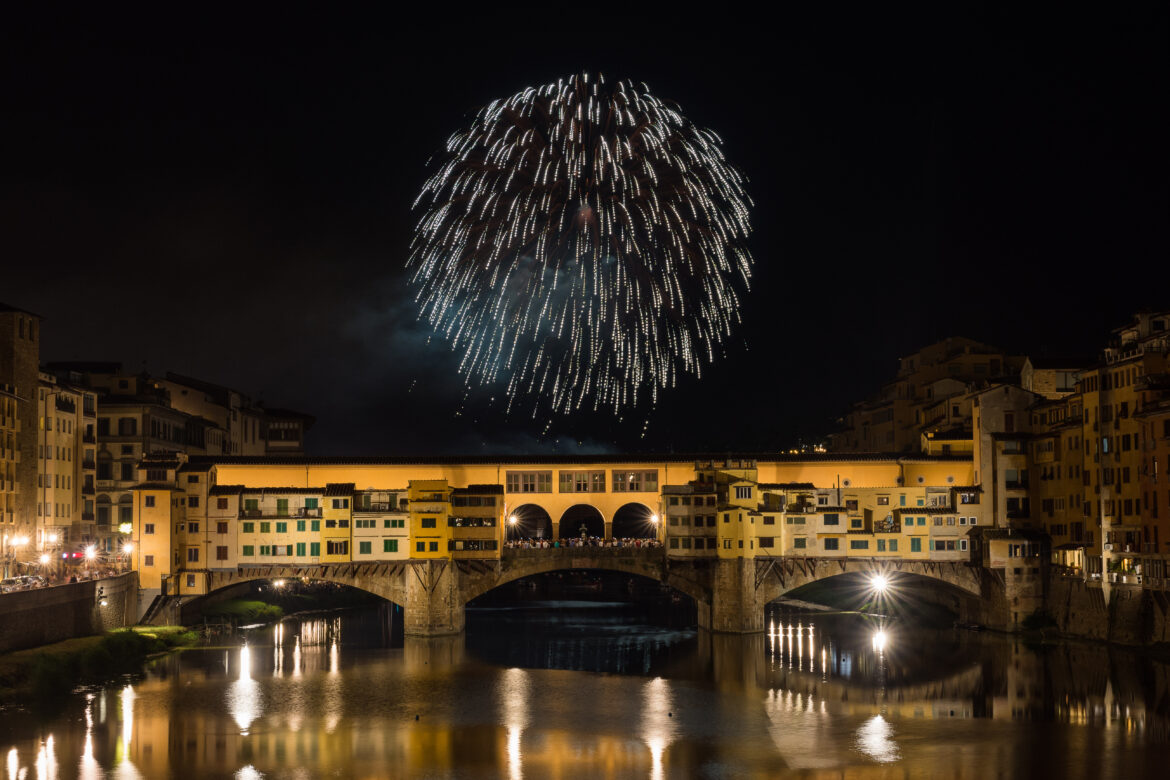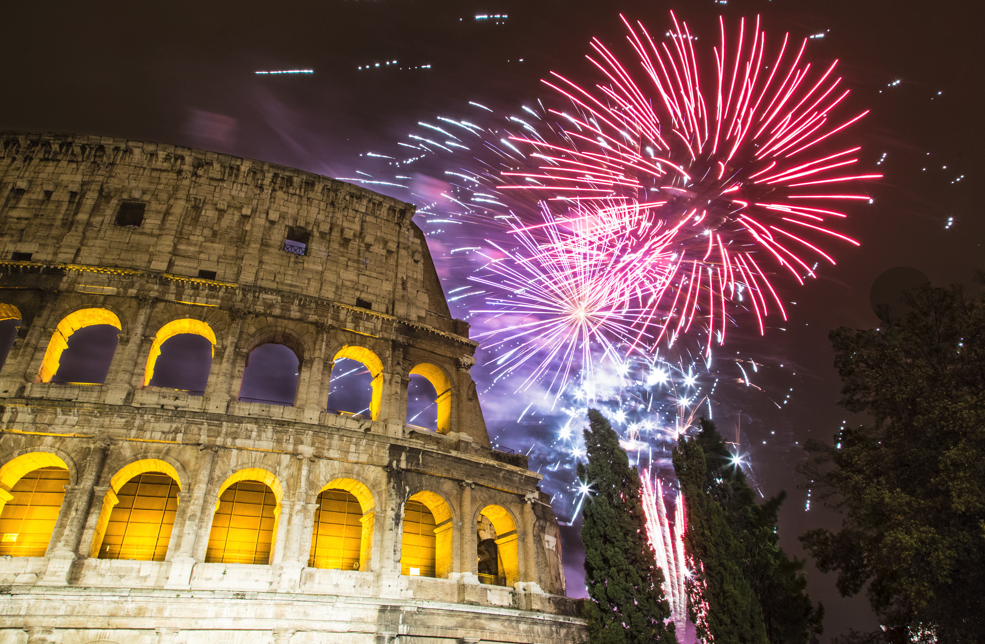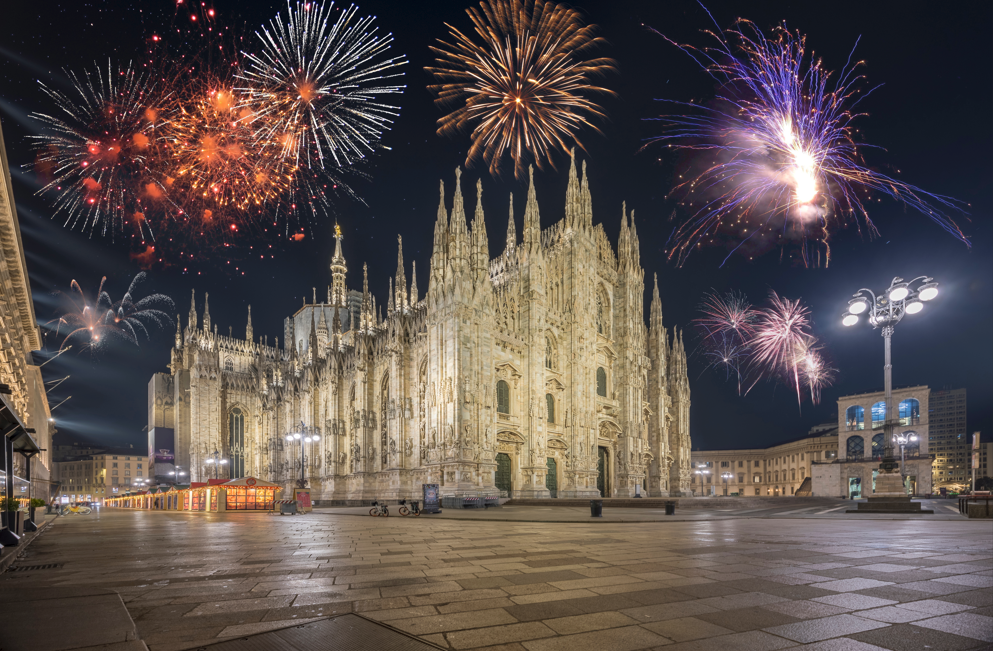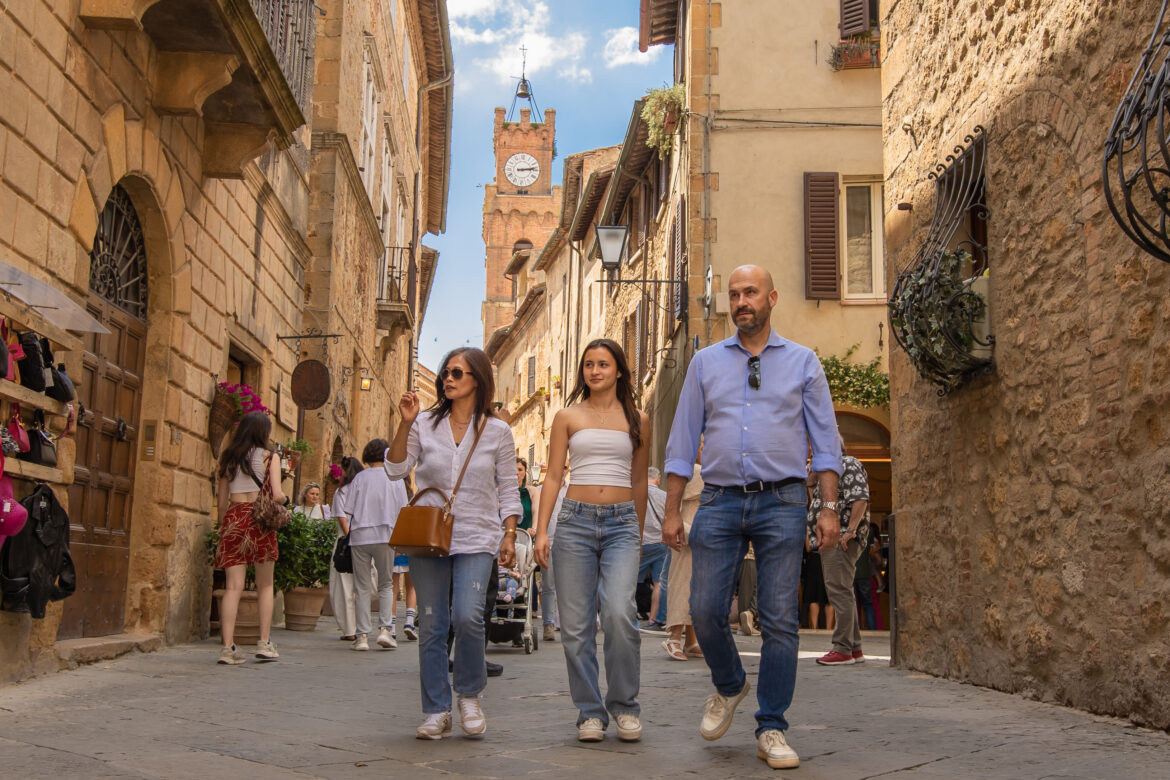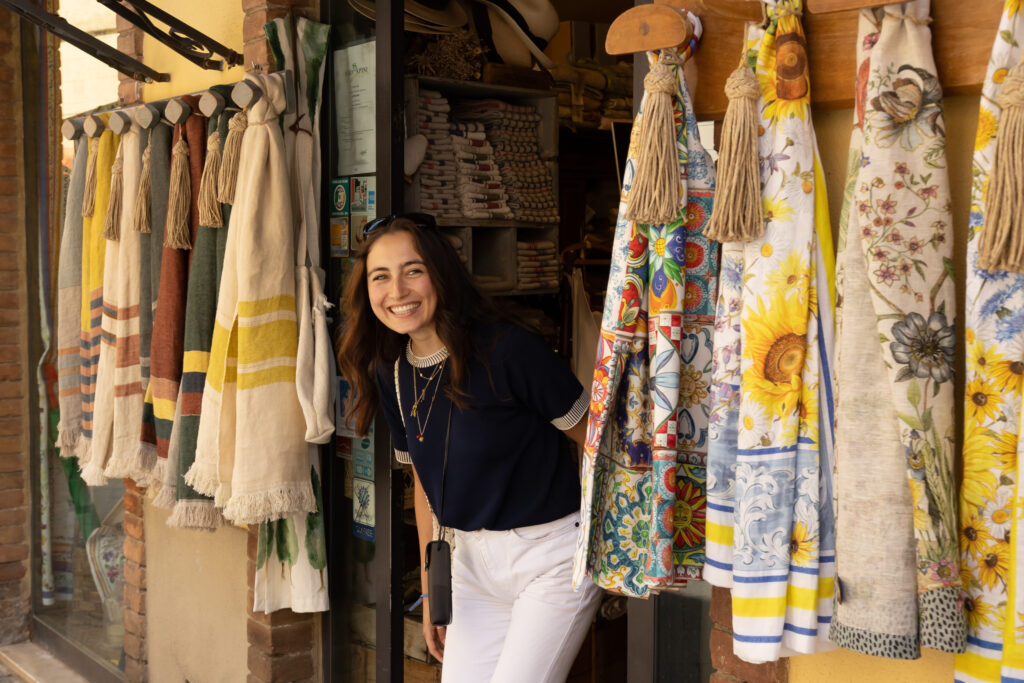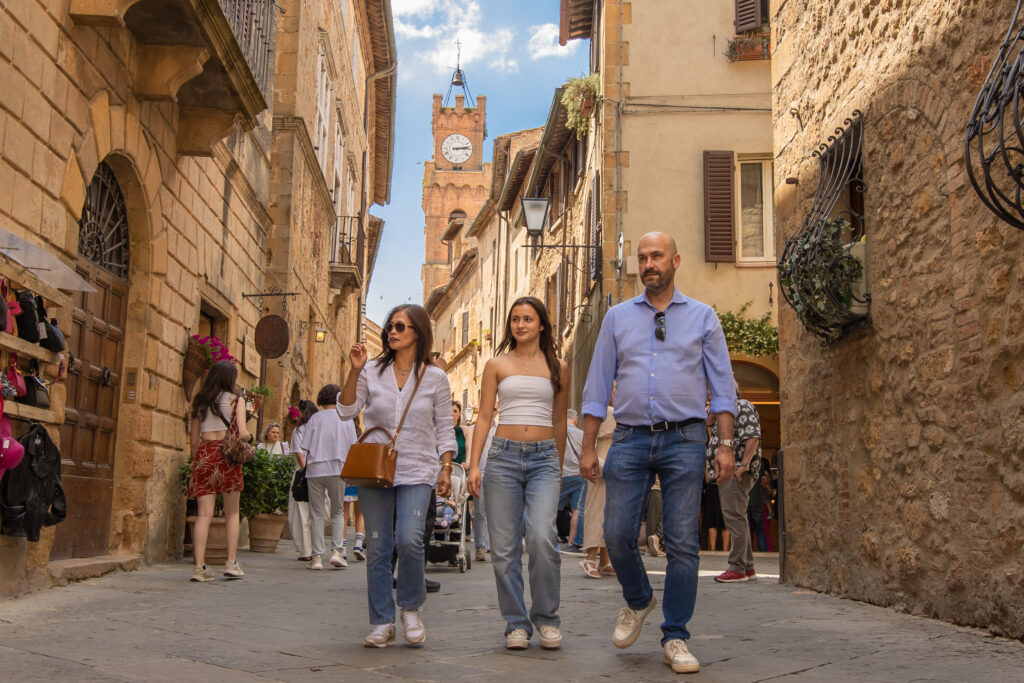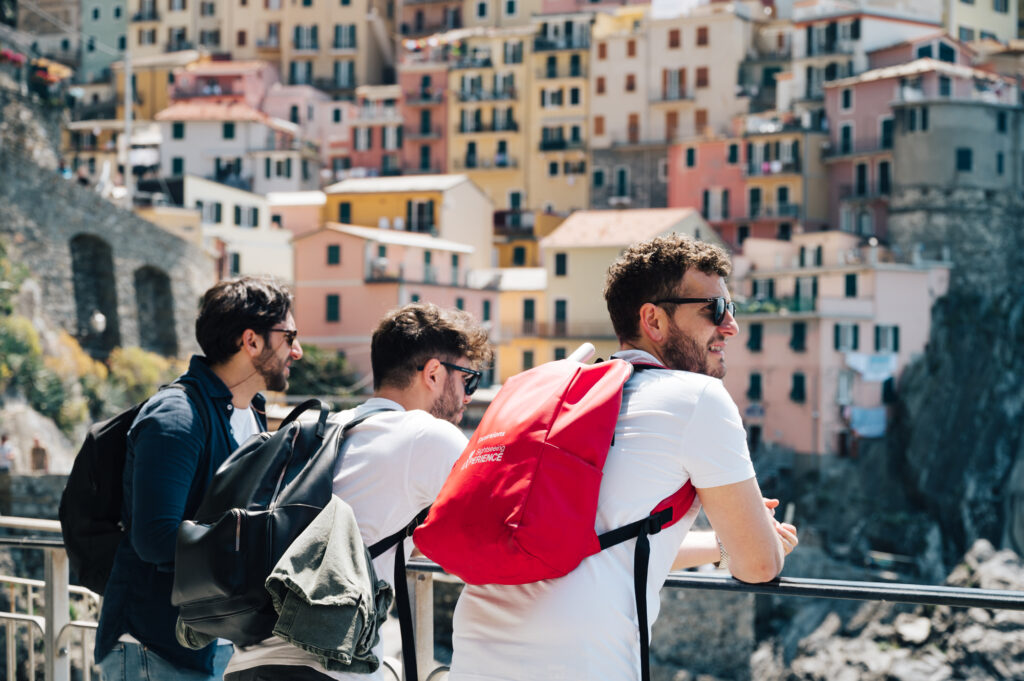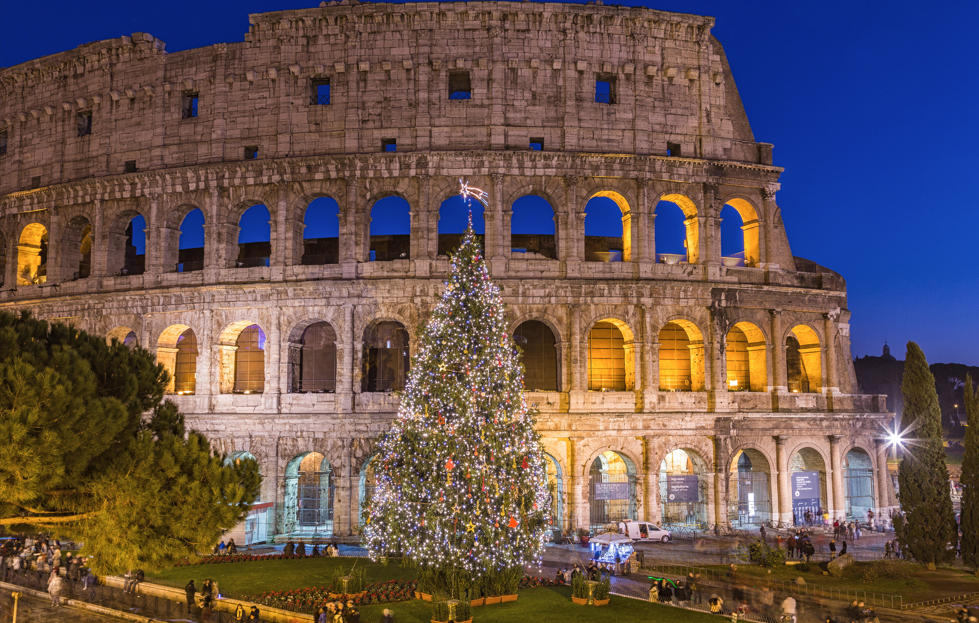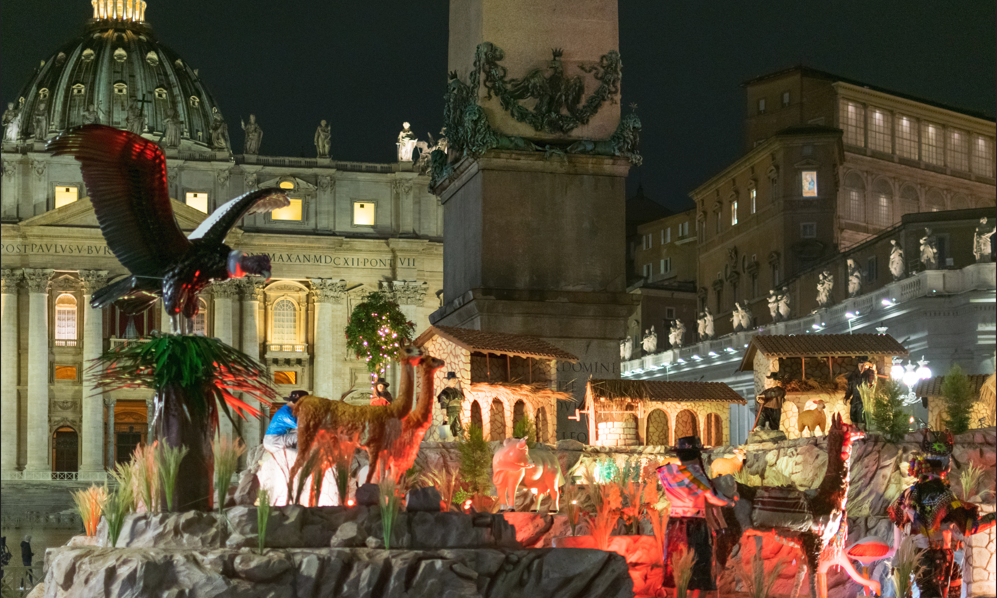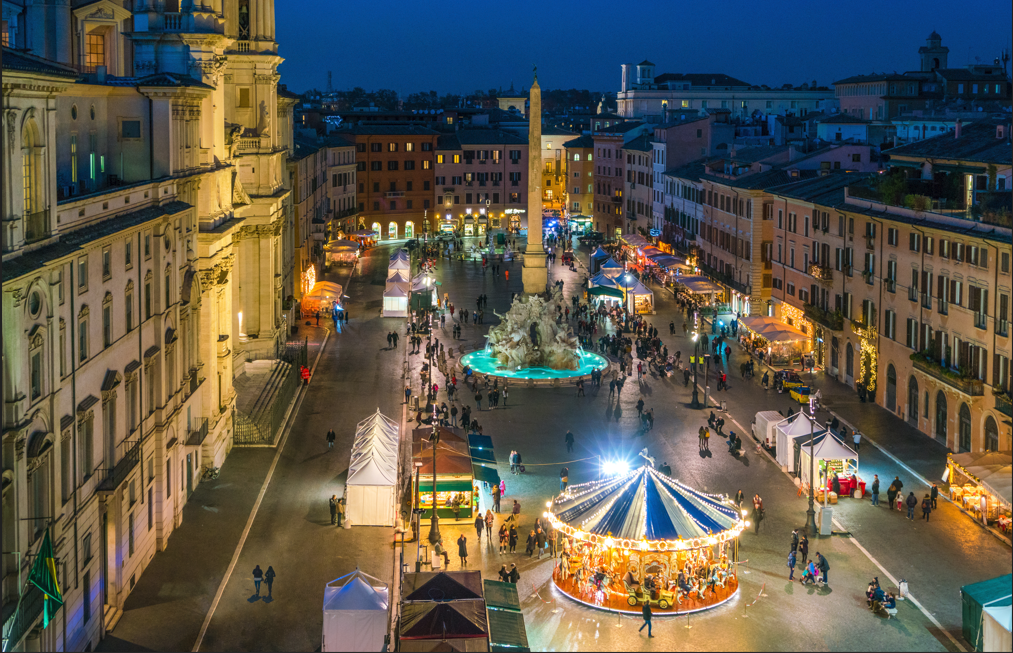Florence, renowned for its rich history and vibrant culture, offers a variety of events and activities to make your New Year’s Eve unforgettable. Here are some top recommendations to welcome 2025 in the heart of Tuscany.
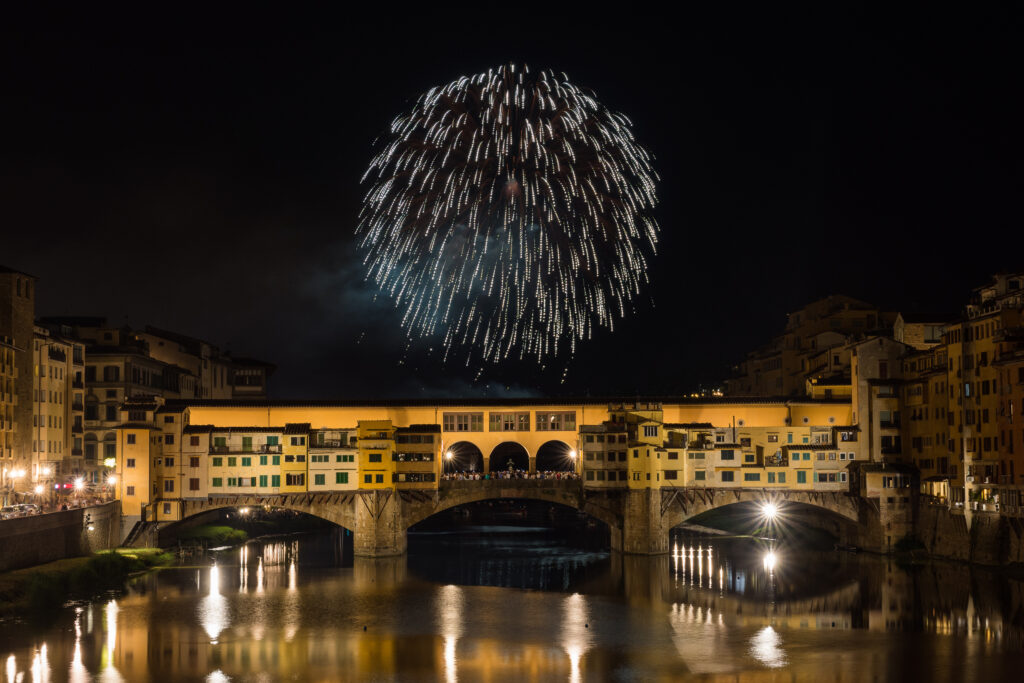
City Sightseeing Florence Hop-On Hop-Off Bus Tour
Explore Florence’s iconic landmarks with the City Sightseeing Hop-On Hop-Off Bus Tour. This service operates daily with limited service from December 21st to January 6th, including December 31st and January 1st. It’s an excellent way to discover the city’s beauty at your own pace during the festive season.
New Year’s Eve concerts in Piazza Santa Croce
Experience live music under the stars at Piazza Santa Croce. The Florentine Chamber Orchestra Association presents “New Year’s Eve 2025: Music, Dance, and Traditions,” featuring performances by the National Symphony Orchestra RadioTV Moldova and the Orchestra da Camera Fiorentina. The event runs from 10:45 PM to 1:00 AM, offering a blend of symphonic music and pop rock.
Theater Performances
Florence’s theaters host special performances on New Year’s Eve. Here are some notable shows:
- Teatro della Pergola: “Magnificent Presence” by Ozpetek.
- Teatro Verdi: “The Strange Couple” with Gianluca Guidi and Giampiero Ingrassia.
- Puccini Theatre: “Two Cursed Friends” featuring Giovanni Veronesi and Rocco Papaleo.
- Teatro del Cestello: “Partita a Quattro” with lyrics by Nicola Manzari.
- Fiesole Theatre: “Gli Uncompiuti” by Alessandro Riccio.
These performances offer a cultural way to usher in the New Year.
Christmas Markets and Festivities
While Christmas markets typically conclude before New Year’s Eve, Florence’s festive decorations and illuminated landmarks, such as the Duomo and Palazzo Vecchio, create a magical atmosphere throughout the holiday season. Strolling through the historic center, you can enjoy the holiday spirit that lingers in the air.
Midnight Fireworks
As midnight approaches, gather along the Arno River or in one of Florence’s scenic piazzas to witness the city’s fireworks display. The vibrant pyrotechnics light up the night sky, marking the beginning of the New Year with a burst of color and excitement.
Tips for Enjoying New Year’s Eve in Florence:
- Plan Ahead: Many events require reservations, and popular venues fill up quickly. Ensure you book your tickets or tables in advance.
- Public Transportation: Be aware that public transport may operate on a limited schedule during the holidays. Plan your travel accordingly.
- Dress Warmly: Evenings can be chilly in Florence during December. Dress in layers to stay comfortable, especially if attending outdoor events.
Florence’s blend of historical charm and lively celebrations provides a unique backdrop for ringing in the New Year. Whether you prefer cultural performances, gourmet dining, or festive street parties, the city offers a memorable start to 2025.

